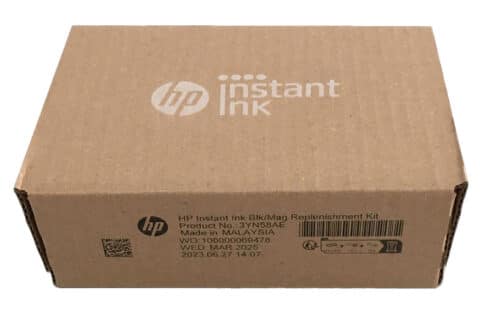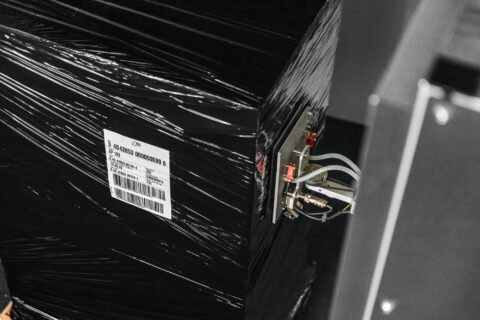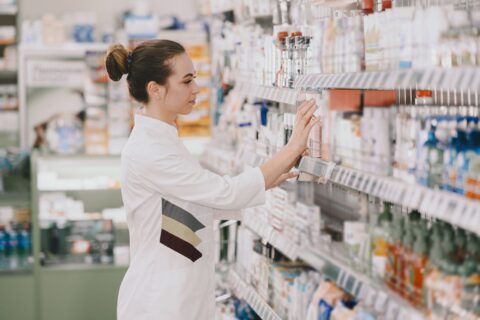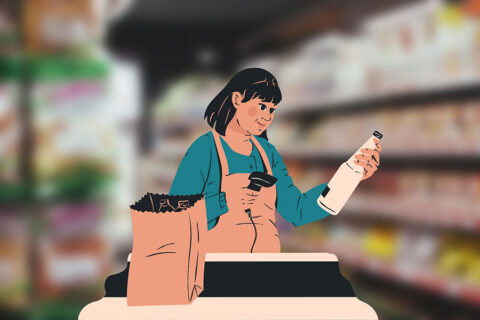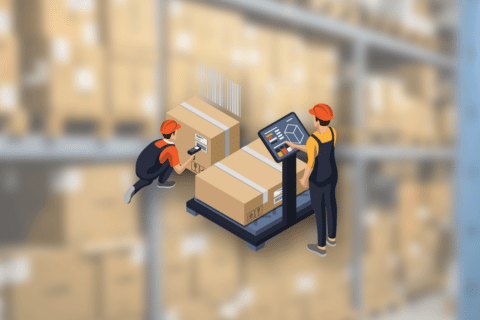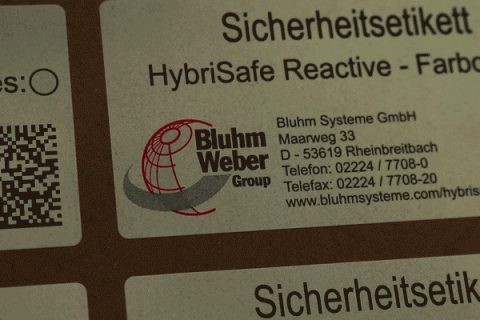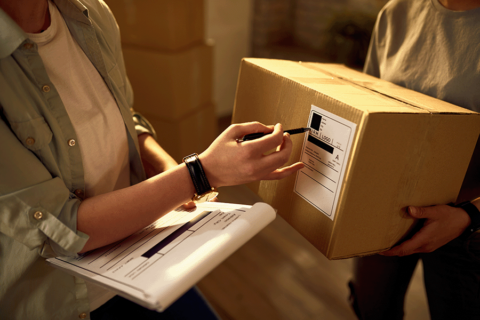A lot is afoot in the pharmaceutics industry. Ensuring the supply of sufficient amounts of vaccines isn’t the only thing people are working on. Pharmaceutics packaging is also getting increasingly smarter and more tamper-proof.
Increasing tamper-proofness: Smart Packaging 2.0

Let’s start with the team around Professor Harald Augustin at the University of Reutlingen, which is analysing how to make pharmaceutical packaging smarter. In the scientists’ view, the pure protective function of drug packaging is now taken as a given. This allows the “interaction of packaging with the environment” to take the stage. They think that demographic change and corresponding user behaviour with medications are driving this tendency.
New features: Interactive pharmaceutics packaging
As part of smart packaging 2.0, interactive screens provide patients with comprehensive information about a drug. The information includes videos explaining how to administer or handle the drug, visual reminders to take the drug, or safety information about how long a packaging has been opened. For liquid drugs, indicators could tell users how much is left in a bottle or alert users on the basis of temperature control whether the cold chain remains unbroken.
The higher costs for smart packaging must be justified by added value. The scientists in Reutlingen list these added benefits: higher levels of orientation for patients, improved transmission of information, or simplified handling of drugs that leads to compliance with prescribed drug requirements.

Minimising the size of existing technology would offer the necessary tools to make smart packaging:
1. Screens with OLED technology that can be built very thin and flexible thanks to electronic printing. OLED has the added advantage of needing much less energy than LCD or LED technology.
2. Printed solar cells combined with small batteries can serve as energy sources and be connected to screens via printed circuits.
3. Tiny computing units are also required as well as…
4. Data interfaces that process data via Bluetooth or NFC.
Latest developments in anti-counterfeiting
Vienna-based StartUs GmbH has a clear vision. The company is focussing on tamper-proofness and screening. Their fundamental assumption is that the StartUs’ products will bring around a striking simplification of tamper-proofness of drug packaging.

The US-American company SGNT is integrating RFID labeling technology into packaging elements like tapes, safety bags, zip ties, envelopes, boxes and blister packaging. This creates a tamper-proof barrier around or inside the packaging.
Holographic Print Pack from Dubai makes holographic films and foils for the printing and packaging industry. Used as safety seals, they prevent manipulation. As another example, the Indian company Noos Technologies has developed a proprietary technology that automatically generates unique digital signatures when stickers are applied to products or packaging.
The rise of smart RFID labels
The US-American company Zealseal sells smart labels built with RFID technology that can be used as certificates. Every time a Zealseal smart label is scanned, it is given a new unique ID. If a label was copied, the next scan of the original label will immediately detect that. Comparable technology is marketed by Cypheme: The French startup has developed an AI-based system, which makes it possible to analyse labels with a smartphone camera and discover counterfeit products.
Find out more
Visit our Website for more information about safety labels as a way of effectively preventing drug counterfeits as well as tips on serialisation. Contact our team of experts for a free and individual consultation!



